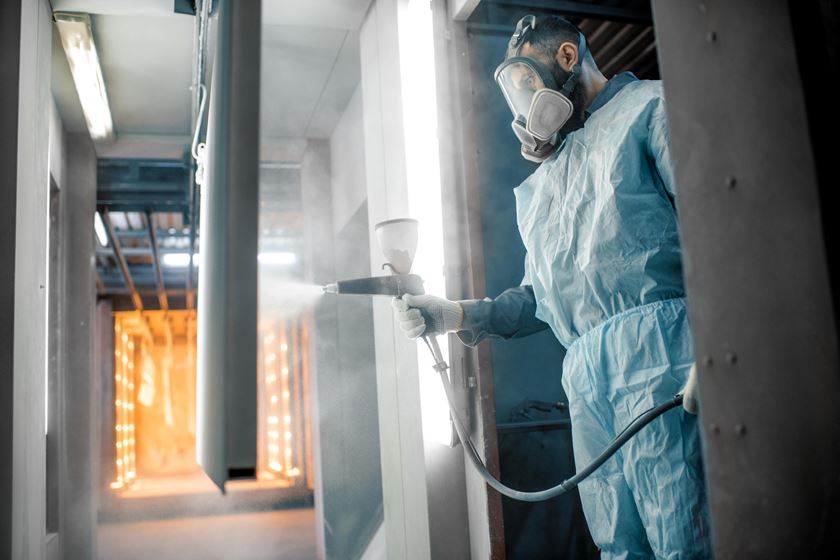Fingerprints on Plated Parts
I have received two questions in the last few months regarding fingerprints on finished plated parts. This is not an uncommon problem in the world of plating. Looking through my archives, I realized it would be good to revisit this topic:
I have received two questions in the last few months regarding fingerprints on finished plated parts. This is not an uncommon problem in the world of plating. Looking through my archives, I realized it would be good to revisit this topic:
A. Fingerprints on finished parts represent a classic case of improper handling of the parts during the production and/or inspection process. The parts were handled with bare hands, and small amounts of body oils and salts were left on the plated surfaces. Depending on how the parts were stored, the oils and salts picked up moisture from the environment and, through the ever-present phenomenon of corrosion, the parts were stained and damaged. A couple of things can be done so this doesn’t happen in the future. One is to require that all handling of the parts be done wearing cotton gloves. The second is to store the parts in closed containers if they are not going to be used immediately. The containers should contain a drying agent to further control moisture.
RELATED CONTENT
-
Stripping of Plated Finishes
The processes, chemicals and equipment, plus control and troubleshooting.
-
Nickel Electroplating
Applications, plating solutions, brighteners, good operating practices and troubleshooting.
-
Gold and Silver Plating Basics
An overview of precious metal electroplating processes.
















